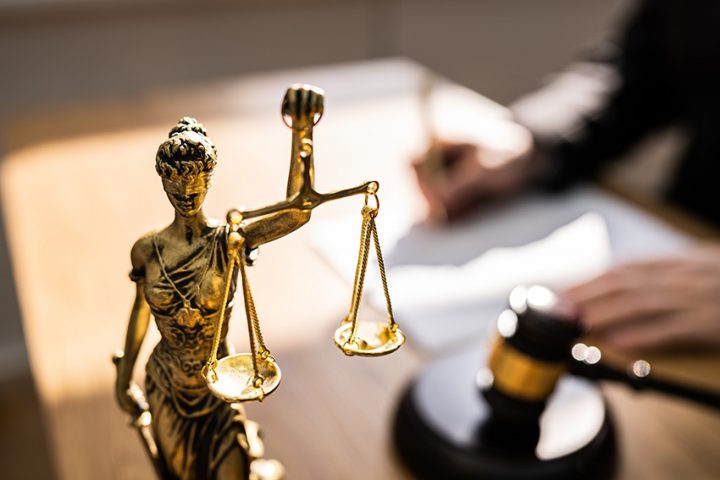
Trademark protection in Sweden – how it works
With Swedish trade mark protection, you secure the intellectual property rights to your trade mark on the Swedish market. It also protects you from unknowingly infringing on another party’s trade mark. Below you can read more about how trade mark protection in Sweden works and why it is important to have.
What does trade mark protection involve?
Trademark protection is about ensuring the exclusive right of use of things that characterize the particular products or services your company markets. That is, your trade mark, which can be anything from a logo or a special sound, to a font, a figure, or a particular design. Put simply, a trademark can be likened to the public face of a company – something you want to inspire trust, arouse interest, and symbolises the values your company stands for.



FOR YOU RUNNING A BUSINESS IN SWEDEN
3 reasons to protect your trade mark
It is illegal for others to use a registered trademark. As the owner of a protected trademark, you have the law on your side in case a dispute arises.
Trademark protection in Sweden is only granted if there is not already an identical or similar trademark registered with PRV. So a registration not only prevents others from illegally using your mark – it also protects you from accidentally infringing on another party’s.
Companies with a registered, protected trademark are often valued more highly by investors. Commercially, trademark protection is a smart move strategically.
Two paths to Swedish trade mark protection
The easiest and quickest way to protect your trade mark in Sweden is to apply for trademark registration with the Swedish Intellectual Property Office (PRV). However, in order for you to get proper protection, it is important that you are thorough with the preparatory work and that you enter the correct information and trademark classes.
If you want help with your registration, we at Abion are happy to help. With in-depth expertise in trademark protection – in all aspects – we ensure that your application is correct for your specific purposes. Via your customer portal Abion Core, you can also manage your trade mark once it has been registered. There you will find, among other things, functions for trademark monitoring, domain registration, and management of certificates.
Trademark protection can also be obtained without the need to apply for registration. This, however, requires that the brand has been well established for a long period of time – usually several years. Since registration with PRV is a safer and significantly faster way to get trademark protection in Sweden, this option is preferable.

Laws and rules for trade mark protection
In Sweden, there are a number of different laws and ordinances that regulate trademark protection. The most comprehensive are:
- The Trade Marks Act (2010:1877)
- Trademark Regulation (2011:594)
- PRVFS 2018:8 V12
- PRVFS 2018:7 V11
- Act on Protection for Certain International Signs for Medical Services etc. (1953:771)
- Act on Protection for Coats of Arms and Certain Other Official Signs (1970:498)
- Ordinance on Certain Official Designations (1976:100)
Criteria for protection by trade mark registration
Trademark protection aims to protect the unique characteristics that differentiate a good or service from similar ones on the market. This means that for a trade mark registration to be granted, the following criteria must be met:
- There must be a clear distinction between your products or services and similar ones on the market.
- It can’t be possible to confuse your trade mark with others on the market.
If your application for registration is rejected, it is usually because one of the above requirements is not met. It’s also important to keep in mind that your trademark isn’t allowed to be too descriptive for the product or service it is intended to represent. This is so that no company gets exclusive rights to words that are necessary to describe part of a product or service – for example, "coffee" or "IT services".
FAQ about trade mark protection in Sweden
Absolutely. Our system monitors IP deadlines across all jurisdictions and coordinates with local offices when needed.
Registration is usually completed quickly once the name is available and your information is verified. Most registrations are processed the same day, depending on registry response times.
Want to know more about trade mark protection in Sweden?
Contact us and we will tell you more!
